Did you know that roughly 306 billion emails are sent and received daily? You don’t want to miss this opportunity if you are not utilizing email marketing.
It’s important to stay ahead of emerging trends. This article will explore the latest innovations and strategies shaping the email marketing world. Many exciting developments are on the horizon, from artificial intelligence to personalized automation.
You’ll also dive into the importance of mobile optimization for email recipients and the growing influence of video content in marketing email campaigns. Let’s begin, shall we?
10 Email Marketing Trends for 2025
Email marketing trends are expected to evolve even further, with new trends and strategies taking center stage. There’s much to look forward to, from more interactive emails and content to AI-powered email personalization too. Here are the 10 latest email marketing trends that you should look out for in 2024:
1. AI-Powered Email Marketing
One big email marketing trend is the rise of AI-powered tools. These tools can personalize content on a large scale and help optimize the performance of marketing campaigns. Marketers are starting to use AI to create subject lines, create messaging that resonates with their audience, and even craft super-engaging visual templates.
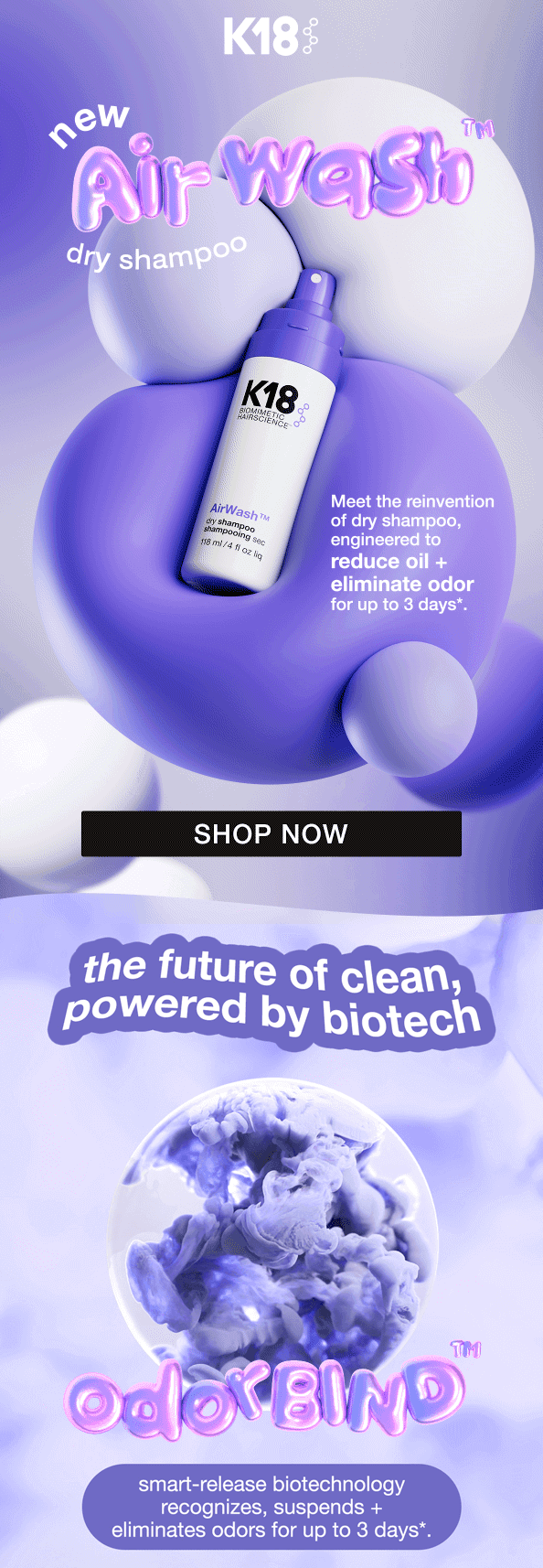
It’s not just about using AI by itself. Marketers need to integrate these AI-powered email tools with their existing email platforms and be open to experimenting with AI-generated web content to see how it can benefit their workflow and help produce better content.
AI is making a splash in the world of email marketing. It’s all about personalization, optimization, and getting those emails to convert. Keep an eye on this trend because it will only keep growing!
Also read:
2. Hyper-Personalization
Hyper-personalization goes beyond just using someone’s name in your communications. This email marketing trend involves truly understanding an individual’s preferences, behaviors, and interests and using that knowledge to create highly targeted and relevant personalized content throughout.
So, how does this work? It’s all about leveraging data analytics to understand each customer’s needs. The information gathered is then used to tailor your messaging and offerings to them specifically.
For example, suppose you know a customer is a fan of a particular product or service. In that case, you can mine customer data to send them personalized recommendations and special offers related to the audience’s preferences for that product or service.
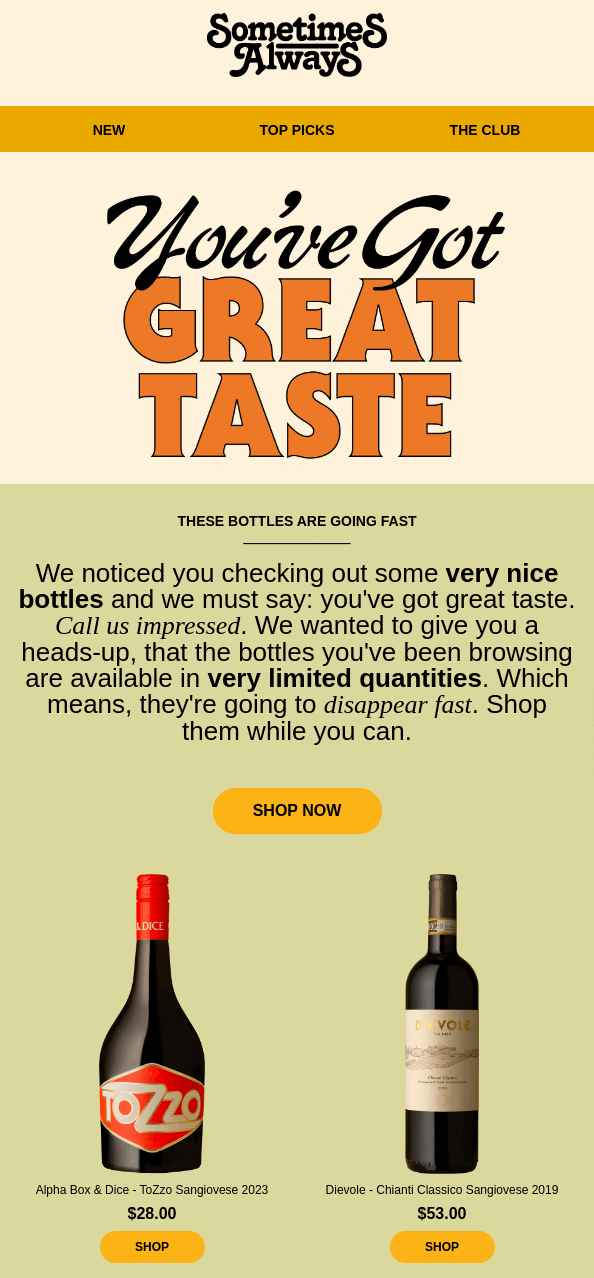
Personalizing emails ensures that your customers feel more valued and understood and increases the likelihood of engaging with your brand and purchasing. Ultimately, hyper-personalization enhances the customer experience and builds stronger, more meaningful connections with your audience.
Creating stunning email newsletters is a breeze with Sender’s drag-and-drop email builder.
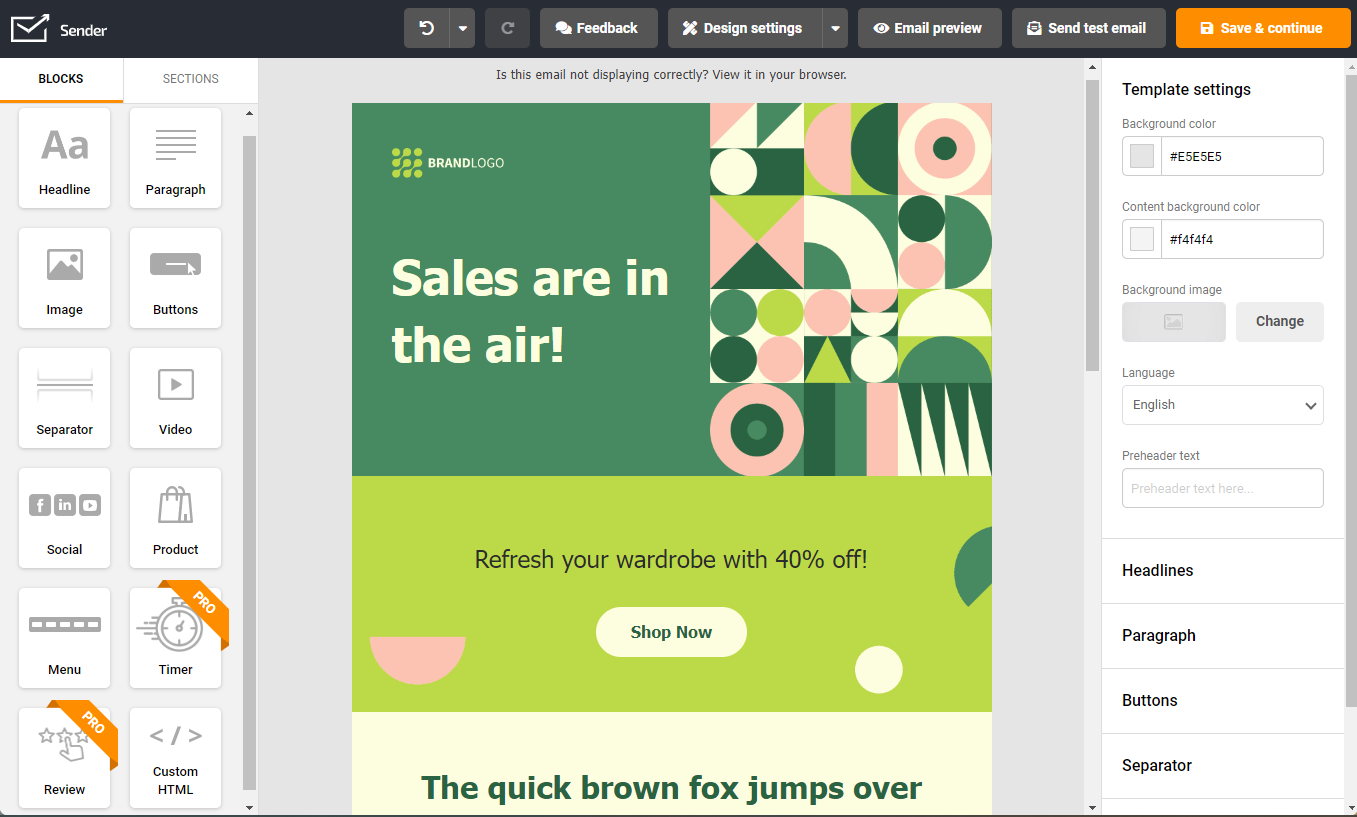
3. Interactive Email Elements
Interactive elements in emails essentially revolve around enhancing the engagement and interactivity of your emails for recipients. Rather than merely comprising text and images, interactive emails anticipate user behavior by including polls, quizzes, and product carousels in your inbox.
This is significant because it captures the reader’s attention and motivates them to take action directly from the email. They can actively engage with your message instead of passively looking at it. This is an interesting way of delivering content in engaging emails while generating excitement about your products or services.
If you want to elevate your email marketing strategy, consider including interactive elements into your upcoming email campaign. It’s a guaranteed way to differentiate yourself in people’s crowded inboxes and generate engagement for your brand.
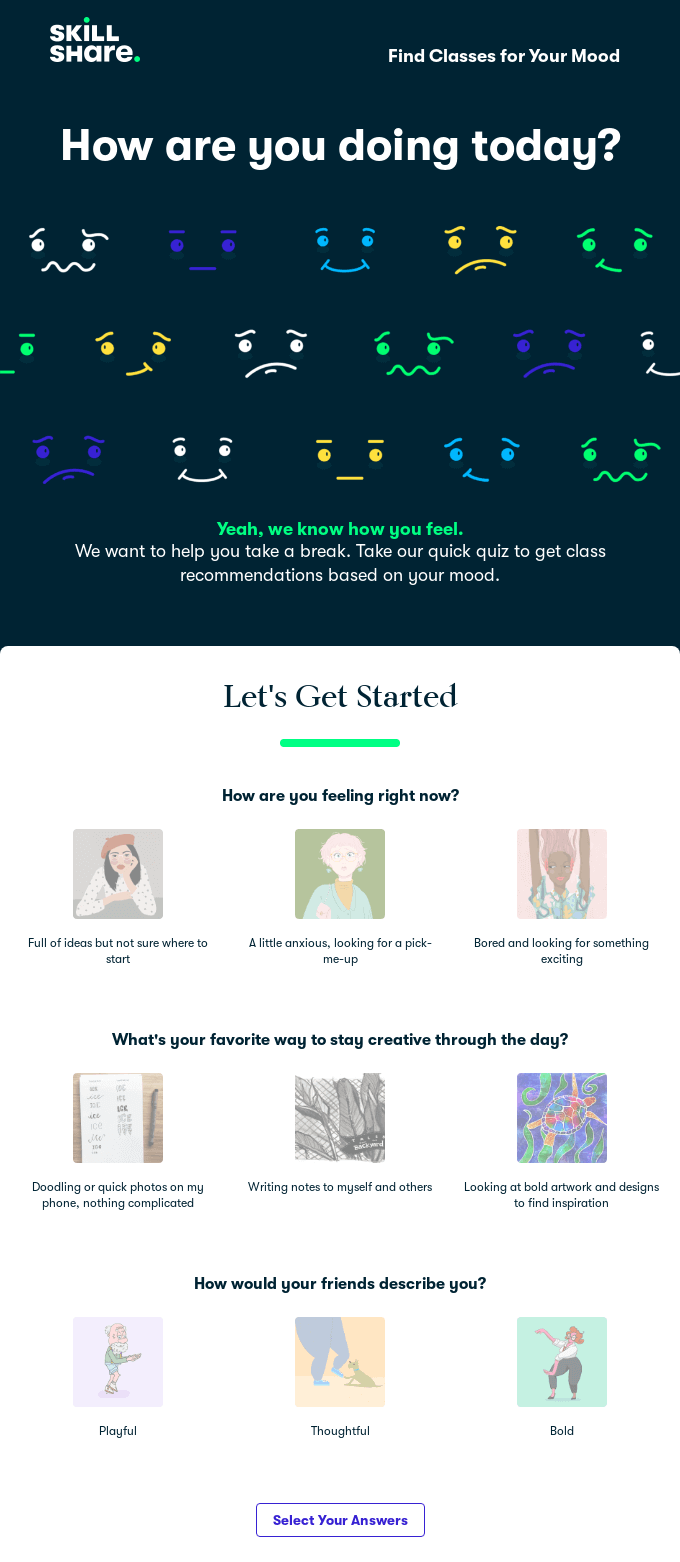
4. Advanced Email Automation
If you’re still not using email automation in 2024, you’re doing email marketing wrong. Essentially, it entails using software that enables marketers to dispatch personalized emails based on user activities, their stage in the purchasing journey, email preferences, or specific events.
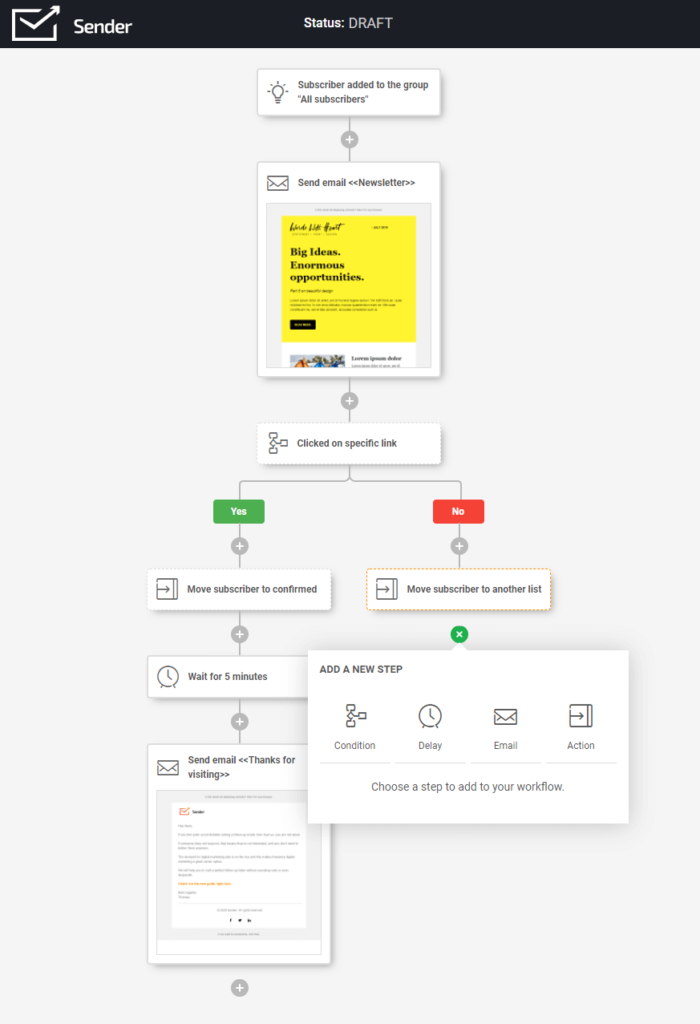
What’s particularly impressive is how these automated emails and workflows streamline communication, creating a self-sustaining system. This allows marketers to devote less time to email distribution and more to other critical tasks.
This email marketing strategy will make marketing a whole lot more efficient. Instead of sending out a one-size-fits-all email to everyone on your list, you can create custom messages tailored to each individual based on their behavior.
5. Increased Use of Visuals and Video Content
It’s all about captivating audiences with visually appealing and interactive content such as GIFs, videos, and infographics. These elements not only enhance engagement but also immediately capture people’s interest. After all, who doesn’t appreciate a good GIF?
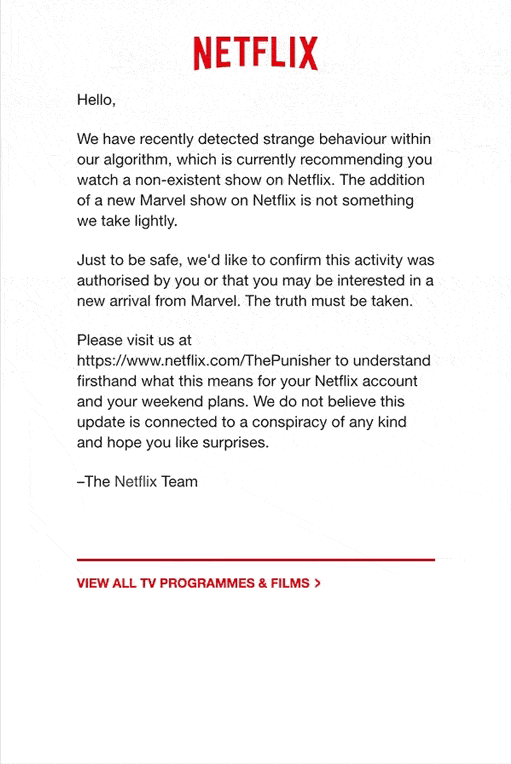
Consider incorporating embedded video snippets in your emails. This approach breathes life into your messaging, offering recipients a more visually interesting experience. It is an excellent platform to showcase products or provide demonstrations, bringing a slice of the showroom directly to their inbox.
If email design is your aim for improvement, check out 7 email design trends to make your email stand out.
6. Enhanced Privacy and Data Security Practices
With the current emphasis on privacy and data security, marketers are placing greater emphasis on safeguarding individuals’ information.
The focus now lies in ensuring the safekeeping of personal data, which involves the transparency of data usage practices, obtaining consent for its utilization, and adhering to relevant regulations such as GDPR in Europe.
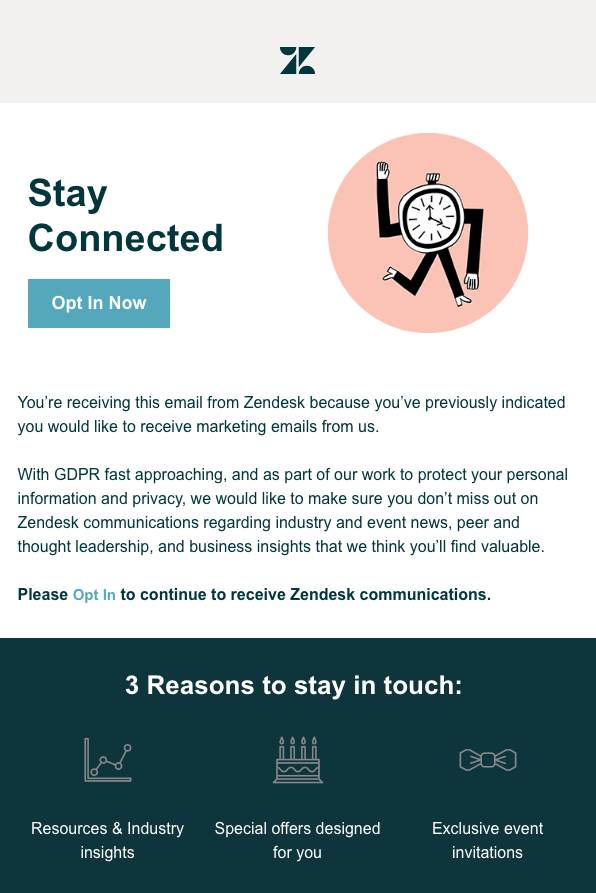
Compliance with these regulations is crucial. This approach builds consumer trust and demonstrates a commitment to safeguarding their data privacy.
Still got questions on what is email security? Definition & best practices will help you get into the field.
7. Focus on Mobile-First Email Design
let’s talk about an important new email marketing trend: mobile-first email design. With more and more people using their smartphones and tablets to check their emails, ensuring your emails are responsive and easy to read on mobile devices is crucial.
Think about it; there have probably been many times when you have tried to open an email on your phone and had to pinch, zoom, and swipe just to read it? It’s not a great user experience. That’s why optimizing your email designs for smaller screens has become so important.
Just choose one out of many responsive email templates, edit, send, sit back & relax — your email newsletter is perfect on any device!
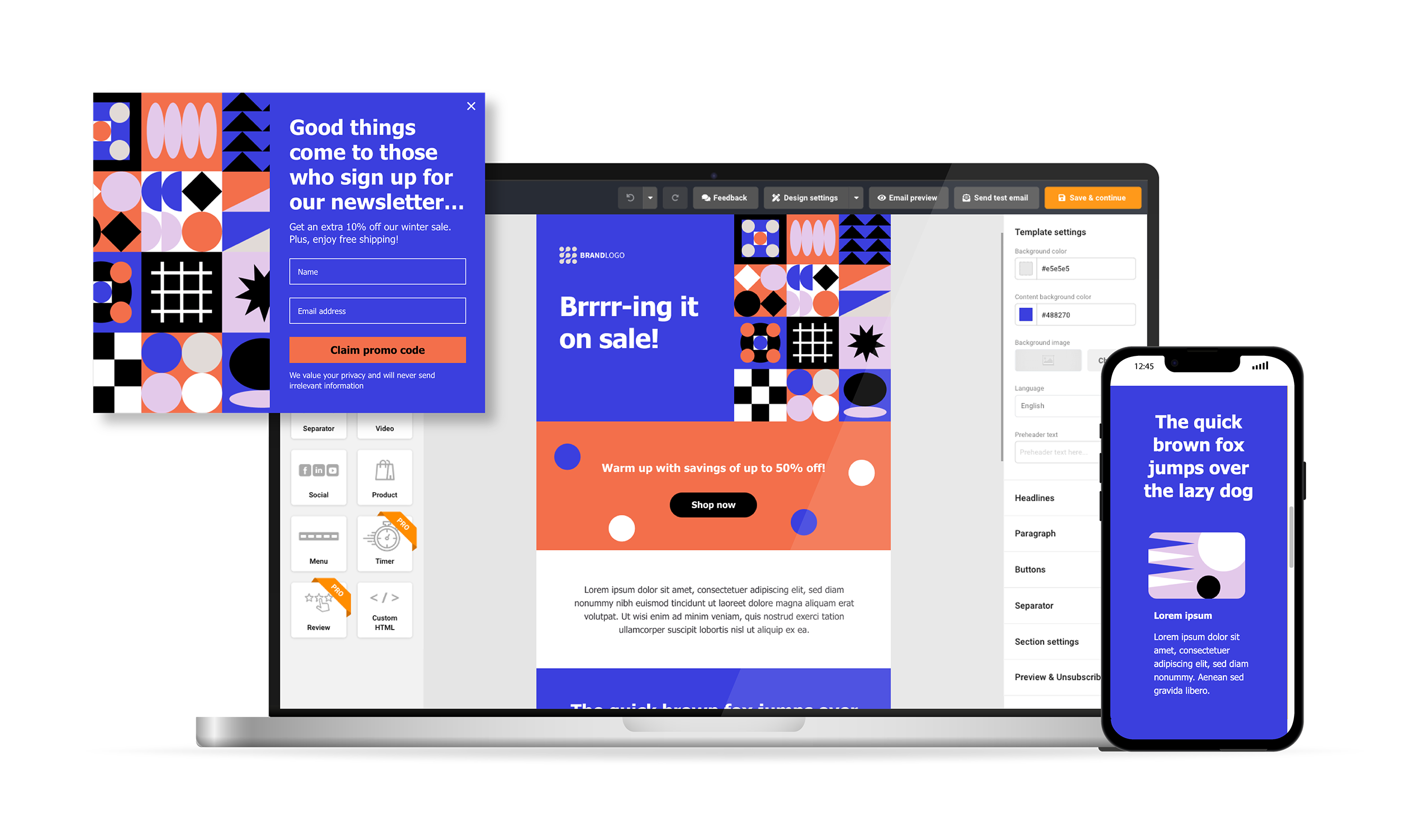
When you focus on mobile-first email design, you ensure that your email subscribers can easily read and interact with your emails regardless of their device. Plus, it can lead to higher open rates and click-through rates, which is a massive win for your email marketing efforts.
Also read: 8 Advantages and Disadvantages of Mobile Marketing
8. Utilization of User-Generated Content (UGC)
User-generated content (UGC) is about leveraging customer reviews, social media posts, and testimonials to add a layer of authenticity and build trust. The power of genuine experiences real individuals share can significantly engage users influence potential buyers.

But it’s not just about trust; UGC can boost customer engagement. People are likelier to engage with and share content created by fellow consumers. This word-of-mouth type of marketing is incredibly effective.
So, if you want to elevate your marketing efforts, consider incorporating UGC into your strategy. Encourage your customers to share their experiences or run events to encourage people to create content. There are so many possibilities, and the benefits are clear. With UGC, you can connect with your audience more deeply and personally.
Boost your customer engagement with 12 fun newsletter ideas using UGC and social proof.
9. Predictive Analytics for Personalization
Predictive analytics is the use of data to predict and anticipate user preferences and future behavior. Companies can determine what people might want by analyzing past purchases and engagement patterns. This approach is helpful as it allows companies to deliver relevant content to their users.
This approach boosts customer satisfaction and can also lead to higher conversion rates. After all, if you show people things you know they are interested in, they’re far more likely to engage, whether making a purchase, signing up for a newsletter, or engaging in any other form of engagement.

Using predictive analytics for personalization is a big deal in the marketing world, and it’s all about using data to make sure the right stuff is shown to the right people. When done correctly, it can greatly impact a company’s bottom line.
10. Emphasis on Quantitative Data (Numbers!)
So many emails we receive nowadays will use numbers in their subject lines to grab your attention. “50% Off Everything!” and similar subject lines are used to make people more likely to engage with content. At the end of the day, everyone is a sucker for a good deal.
Numbers provide you with the specifics of what is trying to be communicated. They help to instantly communicate the value proposition/offer that is being advertised.

Numbers can also create a sense of urgency that encourages people to sign up or purchase a product, as the deal provided won’t last forever. The use of numbers is one of many highly effective email marketing trends.
You should consider leading with them in your subject lines to increase potential engagement and the overall click-through rate of your links. To be exact, emails that include numbers in their headlines generally have an open rate of 53.2%, while emails that don’t have a 51.9% opening rate.
Email Marketing Trends: Future Predictions
Email remains a powerful marketing tool, but consumer expectations are evolving. To stay ahead of the curve, businesses need to embrace innovative strategies.
Of the previously mentioned email and marketing automation trends, the two mentioned below — harnessing the power of AI and the rise of interactive experiences — have the potential to continue improving the marketing world.
Expect AI-powered features like dynamic content blocks, automated subject line optimization, and intelligent scheduling of automated emails for maximum impact.
Static emails are a thing of the past. Interactive elements like polls, quizzes, and product carousels will grab subscribers’ attention and boost engagement.
FAQ: Frequently Asked Questions
Is email marketing still relevant?
Absolutely! Email marketing remains one of the most effective ways to reach customers directly. Unlike social media, where you wait for customers to come to you, email marketing allows you to initiate a call to action. It’s permission-based, customizable, measurable, and has significant reach.
Social media vs. Email marketing: Which one is more effective?
While social media has grown rapidly, email marketing still reigns supreme. It boasts a much higher conversion rate (around 3.57% compared to 1.71% for social media). Plus, the email campaign has a broader user base across age groups.
What’s the best way to grow my email lists?
In any email marketing campaign is is crucial to build an email list. Cultivate a list that engages with your messaging. Consider opt-in forms, lead magnets, and segmenting your audience for better targeting.
How can I make my emails stand out?
- Craft compelling subject lines;
- Personalize content;
- Use eye-catching visuals;
- Optimize for mobile devices;
- Test and iterate to find what resonates with your audience.
How can I improve the deliverability of my email campaigns?
Ensuring your emails land in inboxes and not spam folders is crucial for successful email marketing. List hygiene must also be prioritized. Regularly remove inactive subscribers and bounced emails.
Building trust is key, so avoid purchasing email lists and focus on permission-based signups, ideally through double opt-in confirmation. Content and engagement also play a significant role. Refrain from including spammy content and focus on maintaining a good sender reputation.
Finally, consider email volume and consistency. If you’re new to email marketing, gradually increase the number of emails you send. Additionally, maintain a consistent sending schedule to avoid surprising email providers and triggering spam filters.
What metrics should I track to measure email marketing campaign success?
To optimize your email marketing strategy, it’s essential to measure the effectiveness of your campaigns. The first metric to consider is the delivery rate. This indicates the percentage of emails successfully delivered to recipients’ inboxes, excluding bounced emails.
Next, track the open rate, representing the percentage of recipients who open your email. A/B testing different subject lines can be a valuable tool for improving open rates. Click-through rate (CTR) is also an important metric.
Also read: 10 Time-Tested Best Practices for Successful Email Marketing





